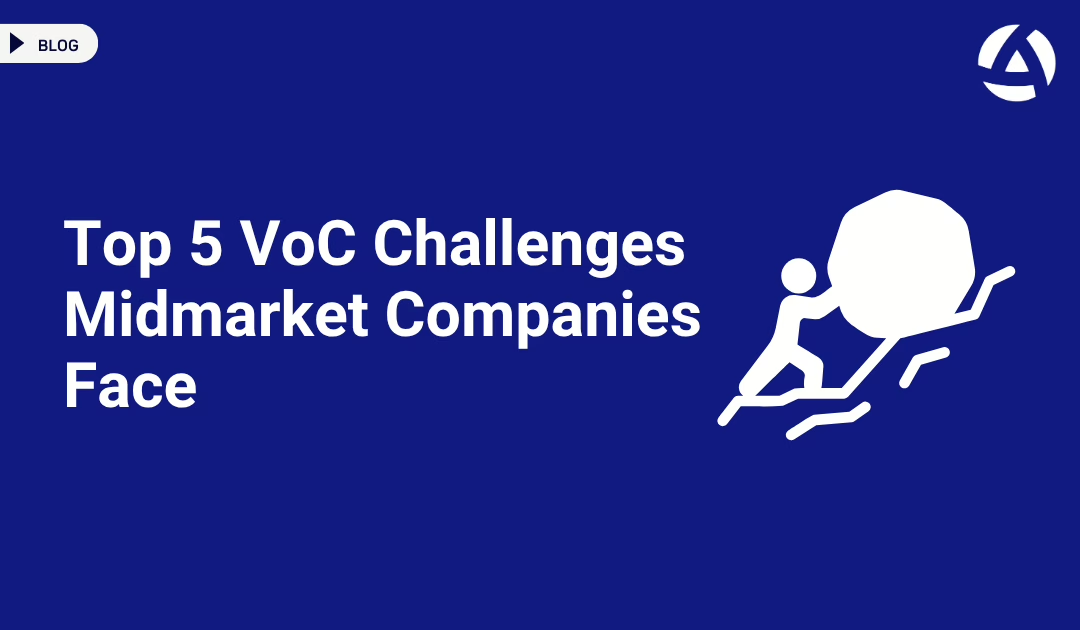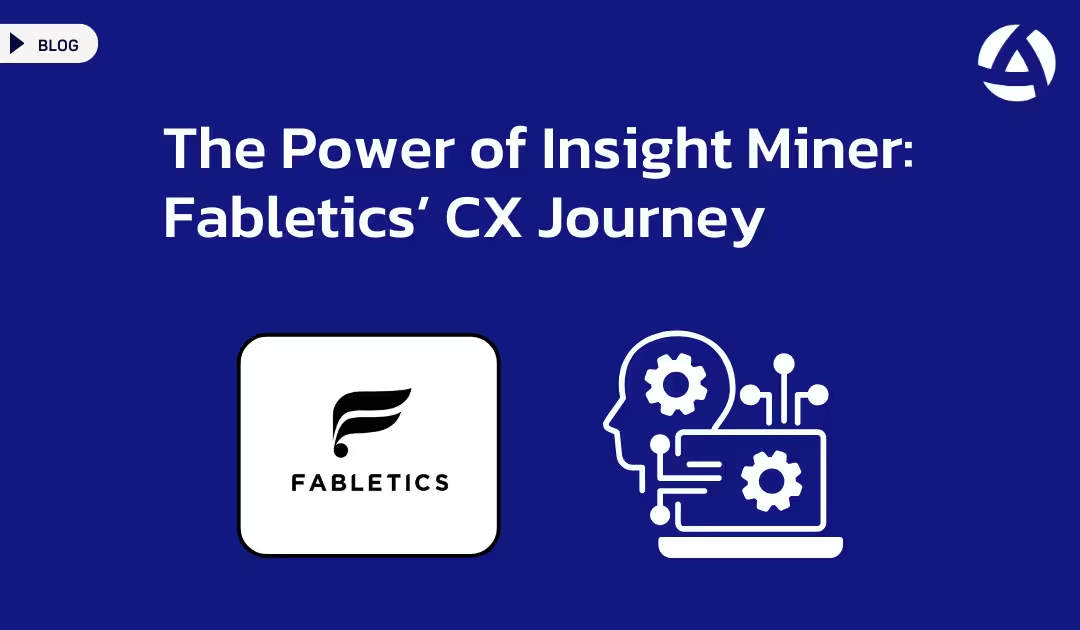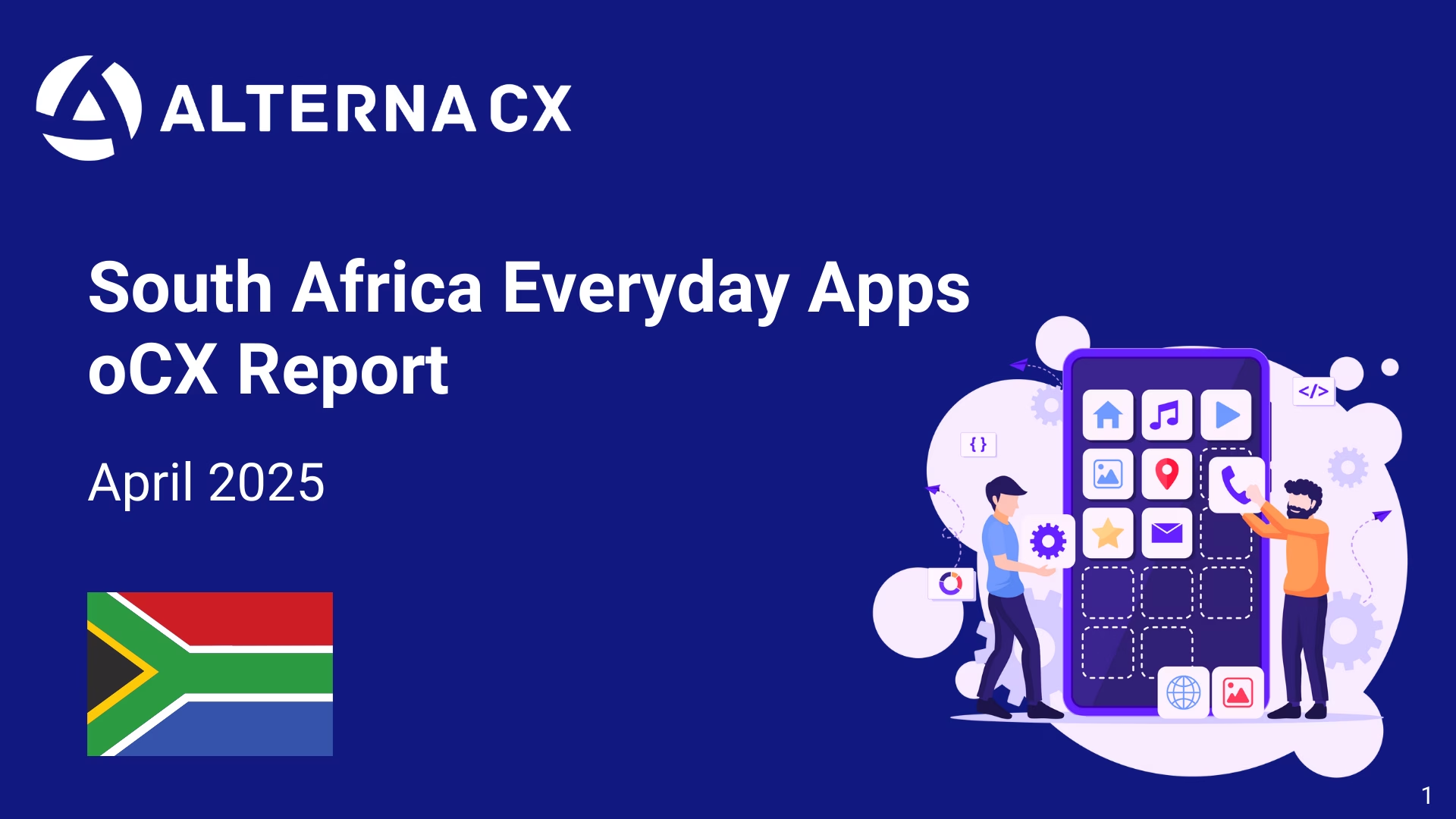Understanding your customers isn’t just important—it’s essential for survival and growth. For midmarket companies, building an effective Voice of Customer (VoC) program can be the difference between thriving and merely surviving. However, despite the clear benefits, many organizations struggle to implement comprehensive customer feedback systems that deliver actionable insights.
The reality is that while midmarket companies recognize the value of customer feedback, they often face unique challenges that larger enterprises with unlimited resources and smaller businesses with simpler operations don’t encounter. These challenges can create significant barriers to developing meaningful customer relationships and driving business growth.
If you’re part of a midmarket company working to better understand your customers, you’re likely encountering some familiar obstacles. The good news? You’re definitely not alone, and these challenges are more common—and solvable—than you might think.
1. Customer Feedback Is Everywhere — and Hard to Keep Track Of
Modern customers don’t limit their feedback to a single channel. They’re sharing their experiences across review sites like Google and Yelp, posting on social media platforms, submitting support tickets, responding to surveys, leaving comments on your website, and discussing your brand in online forums. This multi-channel feedback environment creates a complex web of customer insights scattered across dozens of different platforms.
For midmarket companies, this presents a significant operational challenge. Unlike large enterprises that can dedicate entire teams to monitoring and aggregating feedback from various sources, midmarket organizations typically operate with leaner teams wearing multiple hats. The task of manually collecting, organizing, and synthesizing feedback from all these disparate sources can quickly become overwhelming.
The result is often incomplete customer understanding. Important feedback might be missed entirely, patterns across channels go unnoticed, and valuable insights remain buried in the noise. This fragmentation means that even companies actively seeking customer input may still miss crucial signals about customer satisfaction, product issues, or market opportunities.
2. Surveys Are Useful, But They Don’t Tell The Whole Story
Traditional survey metrics like Net Promoter Score (NPS), Customer Satisfaction (CSAT), and Customer Effort Score (CES) have become standard tools for measuring customer sentiment, and for good reason—they provide quantifiable, trackable metrics that can be easily reported to leadership. These numerical scores offer valuable benchmarks and can effectively track trends over time.
However, relying solely on survey data creates a significant blind spot in customer understanding. While a customer might give you an NPS score of 7, the reasons behind that score—and the specific actions needed to improve it—often remain hidden in unstructured feedback like open-ended survey comments, support interactions, and unsolicited feedback across various channels.
The richest insights frequently come from what customers say in their own words, not from the numbers they assign to rating scales. A detailed product review, a frustrated support ticket, or an enthusiastic social media post often contains more actionable intelligence than a dozen numerical ratings. For midmarket companies looking to make rapid improvements and compete effectively, missing these nuanced insights can mean missing opportunities to address specific pain points or capitalize on strengths.
3. Turning Feedback Into Action Requires Real-Time Visibility
Speed is crucial for midmarket companies, and this challenge has two interconnected components: the need for rapid response and real-time visibility into customer sentiment. Unlike large corporations that can afford lengthy analysis cycles, midmarket organizations need to identify issues quickly and implement solutions rapidly to maintain their competitive edge.
The challenge becomes even more complex when dealing with large volumes of unstructured feedback scattered across multiple channels. Reading through hundreds of customer comments to identify common themes, manually categorizing feedback by topic or sentiment, and then synthesizing findings into clear recommendations can take weeks or even months. By the time insights are ready, market conditions may have changed, customer frustrations may have escalated, or competitive advantages may have been lost.
In today’s fast-paced business environment, customer sentiment can shift rapidly. A product issue that affects a few customers in the morning can become a viral complaint by afternoon, and without real-time visibility, companies are always operating in reactive mode rather than being proactive about customer experience management. Traditional feedback analysis often relies on periodic reports—weekly summaries, monthly dashboards, or quarterly reviews—but by then, valuable opportunities to respond to customer concerns have already passed.
Midmarket teams need solutions that can quickly transform raw customer feedback into clear, prioritized action items while providing immediate alerts about emerging trends. This means not just identifying what customers are saying, but understanding which issues are most critical, which improvements would have the greatest impact, and what specific steps should be taken first—all in real-time.
4. Hard to Link Customer Experience to Business Results
One of the most frustrating challenges for midmarket CX teams is demonstrating the concrete business impact of their customer experience efforts. While executives understand that customer satisfaction is important, they often struggle to see direct connections between CX investments and measurable business outcomes like revenue growth, customer retention, or market share expansion.
Traditional CX metrics like NPS scores or satisfaction ratings, while useful for tracking sentiment trends, don’t easily translate into dollars and cents. A company might see their NPS improve from 30 to 45, but what does that mean for quarterly revenue? How does reducing response time from 24 hours to 2 hours impact customer lifetime value? These connections often remain unclear, making it difficult to justify CX program budgets or secure resources for improvements.
This leads to one of the most persistent challenges for midmarket CX leaders: struggling to demonstrate ROI from CX efforts. When asked to justify the cost of a new feedback management platform or additional customer service resources, many teams find themselves relying on industry statistics and best practices rather than concrete data from their own organization. They know intuitively that better customer experiences drive business growth, but proving it with hard numbers remains elusive.
For midmarket companies operating with limited resources, this disconnect between CX efforts and business metrics can be particularly problematic. Without clear ROI demonstration, customer experience programs risk being deprioritized during economic pressures or budget constraints, even when they’re delivering real value that simply isn’t being measured effectively. Without clear ROI demonstration, customer experience programs risk being deprioritized during economic pressures or budget constraints, even when they’re delivering real value that simply isn’t being measured effectively.
5. Managing Costs While Growing Your CX Program
Budget constraints are a constant reality for midmarket companies. They need customer experience tools that deliver enterprise-level capabilities without enterprise-level price tags. This creates a challenging balancing act between functionality and affordability.
Many comprehensive VoC platforms are designed for large enterprises with substantial CX budgets and dedicated teams. These solutions often include features that midmarket companies don’t need, while carrying price points that aren’t sustainable for smaller organizations. On the other hand, basic feedback collection tools may be affordable but lack the analytical capabilities needed to generate meaningful insights.
The business case for investing in customer experience becomes more compelling when considering the research. According to Forrester’s 2024 study “How Customer Experience Drives Business Growth,” improving customer experience by just one point can generate massive returns. For example, mass market auto manufacturers can see more than $1 billion in additional revenue from a single point improvement in their customer experience score, as better CX increases customer retention and the likelihood that customers will return for their next vehicle purchase and ongoing service needs.
The situation becomes more complex as companies grow. A solution that works for a 50-person company may not scale effectively to support a 500-person organization. Midmarket companies need VoC platforms that can grow with them, providing additional capabilities and capacity as needed without requiring complete system overhauls or prohibitive cost increases.
Building a Path Forward
The good news is that these challenges, while common, are entirely solvable. The key lies in finding the right combination of technology, processes, and strategic focus that fits the unique needs and constraints of midmarket organizations.
Successful VoC programs for midmarket companies typically share several characteristics:
Unified Data Collection: They bring together feedback from all relevant channels into a single, manageable system that provides a complete view of customer sentiment.
Automated Analysis: They leverage technology to quickly process large volumes of unstructured feedback, identifying patterns and insights that would take human analysts much longer to uncover.
Actionable Insights: They focus on generating clear, prioritized recommendations that teams can implement quickly, rather than just collecting and reporting data.
Scalable Solutions: They use platforms that can grow with the business, providing additional capabilities as needed without requiring complete overhauls.
Cost-Effective Implementation: They balance functionality with budget constraints, focusing on solutions that deliver maximum impact for reasonable investment.
Ready to Transform Your Customer Listening?
If you’re ready to level up your Voice of Customer program and create experiences your customers love, the challenges outlined above don’t have to hold you back. With the right approach and tools, midmarket companies can build world-class customer feedback systems that drive real business results.
The question isn’t whether customer feedback matters—it’s whether you’ll have the systems and insights needed to act on it effectively. For midmarket companies willing to invest in understanding their customers, the rewards are substantial: improved customer satisfaction, reduced churn, increased loyalty, and sustainable competitive advantage.
Your customers are already talking. The question is: are you ready to listen? At Alterna CX, we help midmarket companies overcome these exact challenges with solutions designed for your scale and budget. Fill out the form below with the reason you’re reaching out, and we’ll be in contact.




